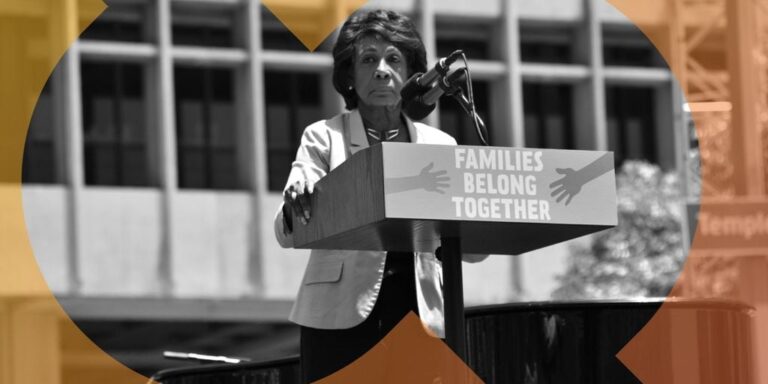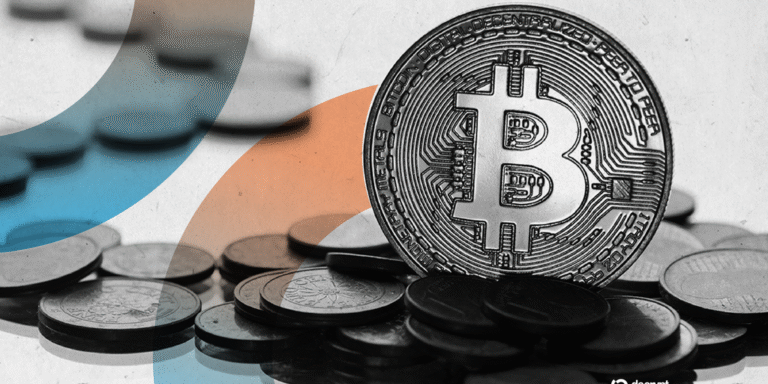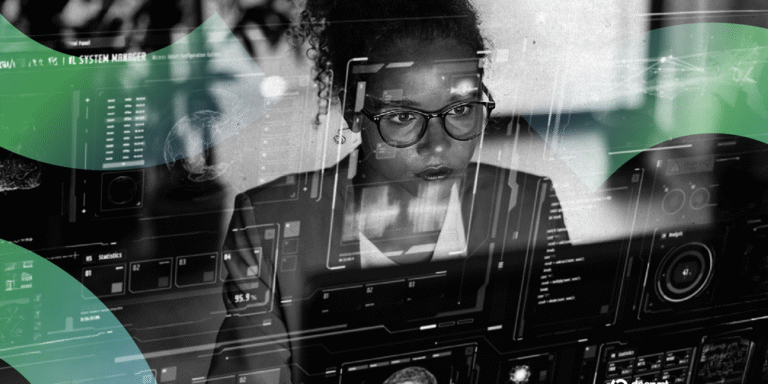
Web3 Innovations: The Future of a Decentralized Internet
Web3, the next iteration of the internet, is revolutionizing how we interact online by emphasizing decentralization, user ownership, and blockchain technology. Unlike Web2, which is dominated by centralized platforms, Web3 aims to put control back into the hands of users, enabling a more equitable and transparent digital ecosystem.
What is Web3?
Web3 is a vision of the internet where applications (dApps) are built on decentralized networks like blockchain. It leverages smart contracts, token economies, and decentralized autonomous organizations (DAOs) to create trustless and censorship-resistant platforms.
Key Innovations in Web3
1. Decentralized Applications (dApps)
dApps run on blockchain networks, eliminating intermediaries.
They are used in finance (DeFi), gaming, social media, and marketplaces, offering users full control over their data and assets.
2. Decentralized Autonomous Organizations (DAOs)
DAOs are community-driven organizations that operate through smart contracts.
They enable transparent decision-making and shared governance, reshaping traditional corporate structures.
3. Tokenization
Web3 introduces native digital assets like cryptocurrencies and NFTs to incentivize user participation and ownership.
Tokens can represent anything from governance rights to digital art or real-world assets.
4. Interoperability and Cross-Chain Solutions
Tools like Polkadot, Cosmos, and Layer-2 solutions enable seamless communication between different blockchains, enhancing scalability and user experience.
5. Self-Sovereign Identity (SSI)
Web3 promotes the use of decentralized identity systems, allowing users to control their digital identities without relying on centralized entities.
6. Data Ownership and Monetization
Users can own, control, and monetize their personal data through platforms like Ocean Protocol and Filecoin.
This shifts the power dynamics away from tech giants and towards individual users.
How Web3 is Transforming Industries
1. Finance: Decentralized finance (DeFi) platforms are providing banking-like services without intermediaries, making them accessible to anyone with an internet connection.
2. Gaming: Play-to-earn models allow gamers to earn tokens and NFTs, creating new economic opportunities.
3. Content Creation: Platforms like Mirror and Audius are enabling creators to directly monetize their work and connect with their audience.
4. Healthcare: Web3 solutions are improving patient data privacy, interoperability, and ownership in medical records.
Challenges to Web3 Adoption
1. Scalability: Many blockchain networks struggle to handle the high volume of transactions required for mass adoption.
2. Usability: Web3 platforms can be complex for non-technical users, requiring improved user interfaces and onboarding processes.
3. Regulatory Uncertainty: Governments are still determining how to regulate decentralized systems and digital assets.
4. Security Risks: Hacks, scams, and vulnerabilities in smart contracts remain significant concerns.
The Future of Web3
Despite the challenges, Web3 is gaining traction as a transformative force:
Big Tech Interest: Companies like Google Cloud and Microsoft are exploring Web3 partnerships and infrastructure development.

Institutional Adoption: Major financial institutions are beginning to integrate Web3 technologies into their operations.
Community Growth: Developers and users are rapidly expanding Web3 ecosystems, building innovative tools and applications.
Conclusion
Web3 represents a paradigm shift towards a decentralized, user-centric internet. By combining blockchain technology with community-driven innovation, it has the potential to disrupt traditional industries and empower users worldwide. While challenges remain, the rapid pace of development suggests that Web3 could soon become the standard for online interaction and digital ownership.



